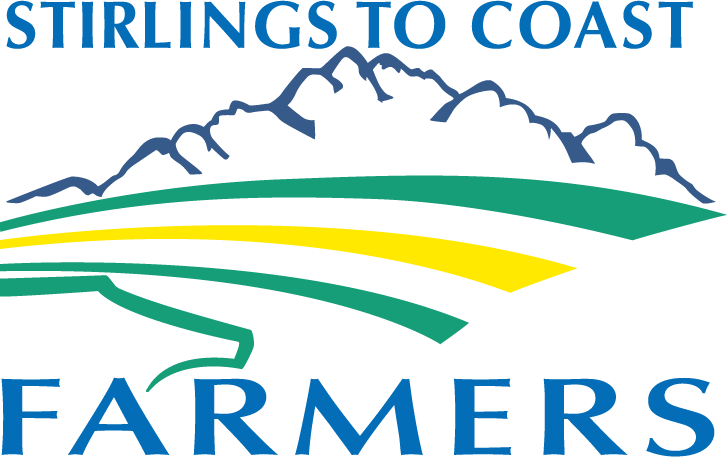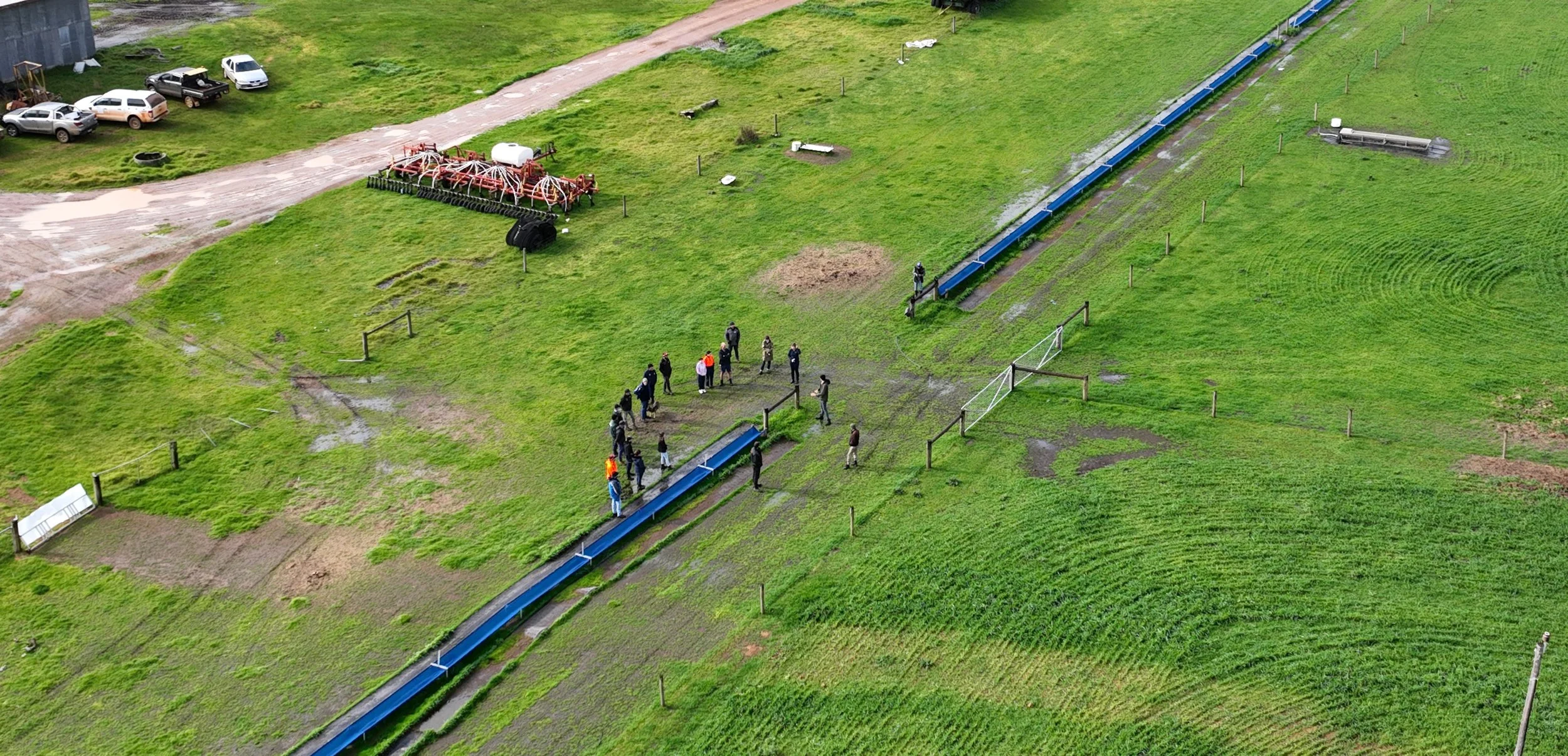Assessing economic benefits of confinement feeding
Project Aims:
Demonstrate a range of sheep confinement feeding systems that optimise sheep management and supplementary feeding programs, by achieving appropriate pregnant ewe condition scores and increasing FOO in deferred pastures, for a profitable and sustainable sheep enterprise.
Project Background:
Confinement feeding is a sheep management strategy that is gaining a lot of traction and interest in the industry. It involves confining sheep to sacrificial paddocks or purpose built pens, in order to protect paddocks from over-grazing in late summer/ autumn and reduce the time spent supplementary feeding stock. Although the theory may be similar to that used for feedlotting, it differs in that all classes of sheep may be confined, with the purpose being to feed to maintain animal weights, not increase them. Containing sheep to a smaller area or at an increased stocking rate in sacrificial paddocks, reduces the energy expended in travelling to find food or water, with straw or hay generally supplied ad lib between grain feeds and good quality water being easy for the sheep to access. Pastures then have a reduced, deferred, grazing pressure, amassing a greater biomass from early rains and setting them up for improved carrying capacity and value throughout the season. Mixed farmers have also noted improved efficacy of knockdown sprays on cropping paddocks where weeds have not been defoliated by grazing. Further associated benefits are numerous.
Costs involved with transitioning to a confinement feeding system are highly variable. There are many different forms of confinement feeding, from large mobs in large sacrificial paddocks through to purpose-built pens for mid-sized mobs. Feed may be fed straight on to the ground, in troughs on the ground or in raised troughs mounted on posts and can be anything from a full mixed ration made in a tub grinder down to a simple single grain ration with ad lib hay or straw bales fed in the pen. These fencing and feed system costs may also come with a requirement for new or additional equipment to suit the system and additional or different animal health treatments. Given the tremendous variability between farms, it is hard to quantify the economics of confinement feeding as a whole, so this project is just focussing on the feed aspect of these systems.
Project Methodology:
The project will see the core group sharing their thoughts and experiences, discussing different setups, hearing from industry experts, and creating a network of support for peer-to-peer learning amongst each other. These core producers farm from Gairdner to Frankland River, with a great range of confinement strategies and setups between them. In each of the two years, three of these group members will act as site hosts, with findings from their property contributing to project learnings. Feed samples will be tested from the grain and hay and/or straw they plan to feed in confinement, with these results being formulated into a balanced ration plan suitable for the class and pregnancy status of the sheep being confined. Ewes will be condition scored on entry to confinement as well as when exiting, with target condition scores set and expected to be achieved with the balanced ration. Pasture cuts will be taken to demonstrate the extra pasture growth achieved by deferring grazing by confining animals past the season break. These figures will formulate the economic analysis component of the project, putting a figure on the cost and value of confinement feeding. The group will meet at least twice annually and communicate regularly to share their experiences. Workshops and field walks open to other producers will take place throughout the project to share the learnings from each of the demonstration sites.
RESOURCES
Videos
ACKNOWLEDGEMENT
This project is funded by Meat & Livestock Australia.



